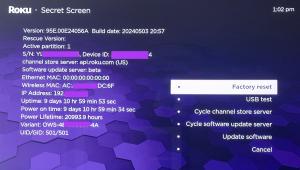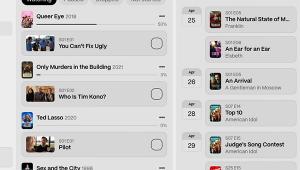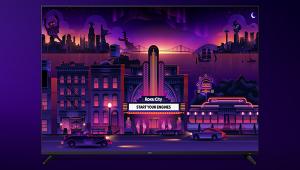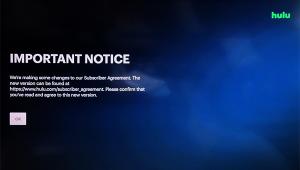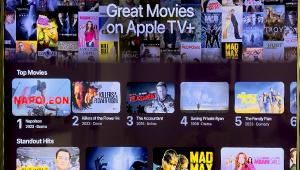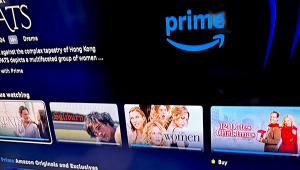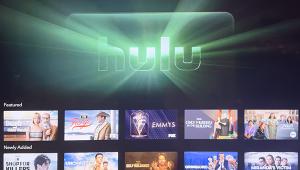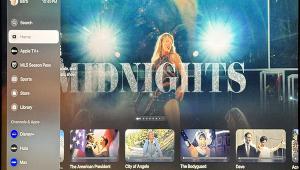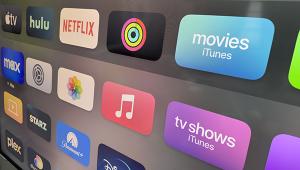Most American households rely on cable providers for their broadband. In order to be able to subscribe to these services, you need their higher tier broadband plans which can run $75-100 ++. Cable providers offer discounts on TV/Internet bundles that make it very competitive even cheaper than getting internet alone then subscribing to all those services to get the channels you want. in my case, I'm paying <$75 for basic cable and 105Mbps internet, is it really worth going Internet alone ($69 on special) then scouring online services and subscribing to several of them to get the channels I want? Not even close!!! My suggestion? Do what I do, then program your tuners to skip the crappy channels.
Sony, AT&T Offer Streaming Alternatives to Cable

Switching from cable to streaming is often a financial decision as well as the desire to take TV programming on the go. It’s about choosing the channels you want and not paying for channels you don’t want. (How many times have you complained that you are paying for channels you never watch?) Cord cutters can get local broadcast channels for free using an antenna, and then pick and choose the channels they want to stream by subscribing to specific apps or services like Hulu.
In an effort to woo those households who have canceled (or never subscribed to) cable, last year Sony launched the Playstation Vue that streams live programming from a variety of cable channels (broadcast TV live streaming is only available in a limited number of large cities). This past week, Disney added its lineup of ABC, ESPN, and Disney channels to the 100 plus channels available on Vue. In looking at the Vue website, the packages offered resemble tiered cable TV subscriptions. The “Access” subscription of 60 channels starts at $50 per month (on special right now for $40). While it is probably $20 cheaper per month than what you can get on cable, is it really what a cord cutter is looking for?
Playstation Vue is not really an on-the-go service. A subscription is tied to your home IP address where you signed up for the service. Any device—Fire TV with Vue app, mobile device and Chromecast can access Vue at home. While there are 40 channels available on mobile devices, you can’t bring your PS 4 over to your friend’s house and watch Vue, nor can you access your Vue subscription on their console or other device. Trying to switch to a new IP address without actually moving to a new house can cause the service to be blocked.
Last year, AT&T also leapt forward in its entertainment offerings with the acquisition of satellite TV provider, DirecTV. According to the L.A. Times, in the fourth quarter of 2016, AT&T plans to make DirecTV available as a streaming service, “DirecTV Now.” DirecTV Now will offer many of the channels currently available on DirecTV. DirecTV mobile will be another subscription option offered to allow watching when away from home and will be available regardless of cell phone provider.
"This is an attempt for us to bring premium video entertainment to folks who have cut the cord, are considering cutting the cord or have never even been in the pay-TV ecosystem," Tony Goncalves, AT&T Entertainment Group senior vice president for strategy and business development, said in an interview with the Times last week.
Gonclaves discussed that AT&T would offer bundles. No pricing or specifics were mentioned.
If the entry of these two media giants aren’t enough to threaten cable companies, last week, the FCC proposed to open up access to cable channels so that consumers would not be required to rent a cable box from their cable companies. The proposal states that, “Consumers should be able to choose how they access the Multichannel Video Programming Distributor’s (MVPDs)—cable, satellite or telco companies—video services to which they subscribe. For example, consumers should be able to have the choice of accessing programming through the MVPD-provided interface on a pay-TV set-top box or app, or through devices such as a tablet or smart TV using a competitive app or software.”
Cable cutters have gotten the attention of TV providers, and would-be providers and are making an impact on the future of how we receive TV programming. Still, I’m not sure the companies are listening. Do those consumers who are rejecting pricey cable subscription plans want to simply switch to pricey streaming plan bundles that are still limited to watching on a home TV? That scenario certainly doesn’t appeal to me. While the bundled services are not a bargain, neither is piecemealing streaming services. Hulu with Showtime plus CBS All Access plus Dish’s Sling TV will cost more than $45 per month, but at least you can choose the channels and programs you want most.
So far, Dish’s Sling TV streaming service that runs $20 per month ($30 if you include all the sports channels) is the best option for cord cutters, offering customized plans based on the kinds of programming you like to watch. The service allows users to stop and restart their subscriptions whenever they want.
This may be the year that TV programming makes a real shift to streaming. It should be fun to watch.
- Log in or register to post comments


